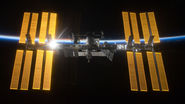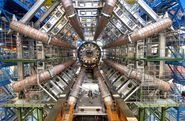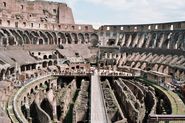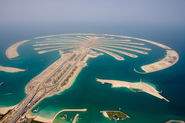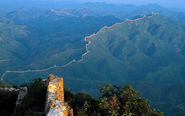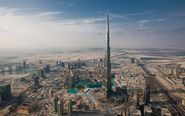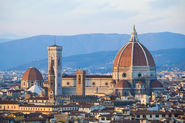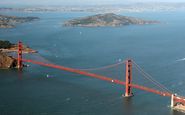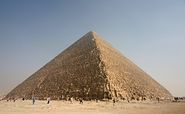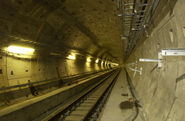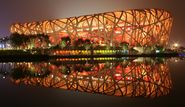If you’ve never heard of the Small Hadron Collider, there’s probably a reason for it. Yes, one reason is because it doesn’t exist, but another is because it’s dwarfed by its far more impressive counterpart. The Large Hadron Collider was a project funded by CERN, the European Organization for Nuclear Research. Currently based in a facility near Geneva, this particle collider has been responsible for some of the greatest breakthroughs in modern science, including the search for the Higgs-Boson Particle. CERN devoted a lot of its time to ensuring the safety of the facility, as well as designing it to be the perfect “race-track” for particles, which would lead to more observable reactions upon impact. With so much energy contained in one facility, the potential for a loss in coolant or catastrophic failure was high, and the facility sustained some damage during its early operation. Despite these setbacks, however, the collider has been able to stay running and perform experiments ever since.
Location: Near Geneva, Switzerland | Date of Completion: September 10, 2008 | Primary Challenge: Designing an efficient manner of conserving energy while powering the facility's superconducting magnets and beam technology.
Defining Innovation: Expanding on particle collider design to make the world's largest facility in its class. | Function: Running practical tests involving particle physics and collision. | Materials: steel, concrete, magnets, aluminum, plastics, titanium, lead | Fun Fact: Particles accelerators, much like those found in the Large Hadron Collider, are used to set the paint on soda cans.

 GOAT Series Staff
GOAT Series Staff
